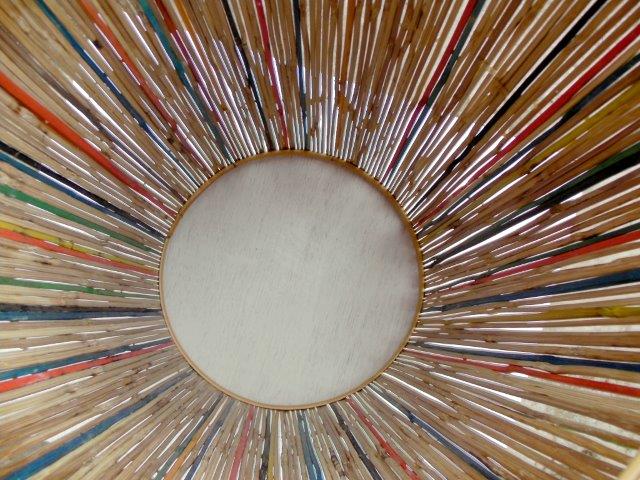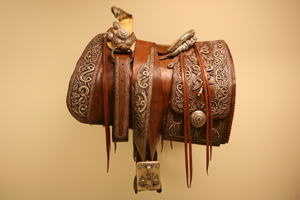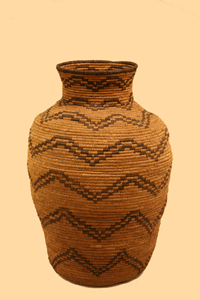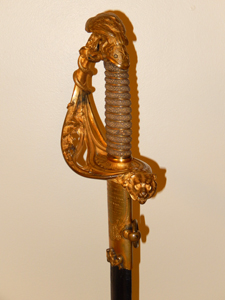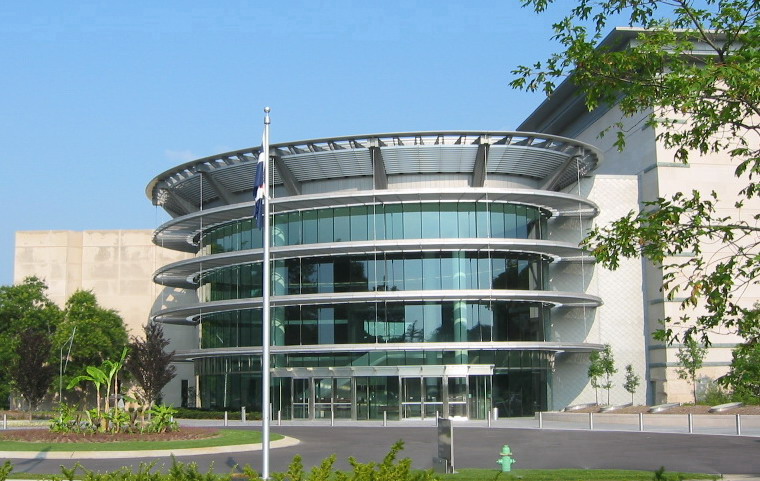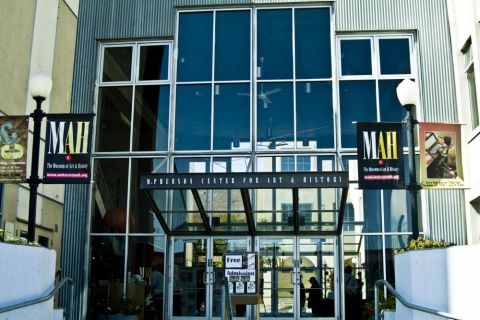What a difference support from the top makes. This weekend, the Boston Globe dutifully went back to visit the Rose Art Museum of Brandeis University, to see how its new director, Christopher Bedford (below), who was hired last year, was doing.
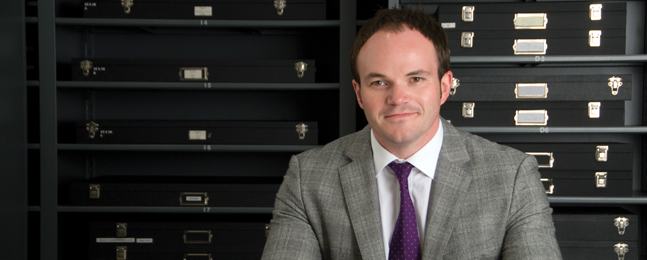 You’ll recall that in 2009, Brandeis’s then-president Jehuda Reinharz wanted to sell the Rose’s sterling contemporary art collection, then valued at some $350 million, to find his way out of the university’s fiscal problems. (See here and here, for example — plus the links in those posts.)
You’ll recall that in 2009, Brandeis’s then-president Jehuda Reinharz wanted to sell the Rose’s sterling contemporary art collection, then valued at some $350 million, to find his way out of the university’s fiscal problems. (See here and here, for example — plus the links in those posts.)
Reinharz left (voluntarily, he says) and Brandeis hired Fred Lawrence to replace him. Lawrence reversed the plan, settled the lawsuit filed by a group of Rose supporters by agreeing that the university would not sell the art, and hired Bedford. Lawrence understood that said the Rose was, or should be, an integral part of Brandeis. And, according to the Globe, he’s done more than that.
For one, he and his wife helped woo a new trustee, Liz Krupp (boldface mine):
Krupp admits she was reluctant. Already a trustee at the MFA, she has also served on the boards of the American Repertory Theatre and Boston Ballet. She and her husband, George, a real estate investor who cofounded the Berkshire Group, have had a gallery named after them at the MFA.
Not long after Bedford’s hiring, he was invited to meet Liz over lunch by Frederick Lawrence’s wife, Kathy. Krupp initially resisted Bedford’s offer to join the Rose board. She was too busy. Then Bedford e-mailed and called. He and Fred Lawrence visited her at home. She couldn’t say no this time.
Sure, Krupp told the Globe that she liked Bedford’s enthusiasm, but you can’t underestimate the effect of the presence of Lawrence and his wife in the process.
But let’s give credit to Bedford, too — he has also recruited artist Mark Bradford for the board, commissioned artist “Chris Burden to install an ambitious, outdoor and permanent work with a $2 million price tag,” and commissioned “Walead Beshty to create a mirrored floor at the Rose that crinkles and cracks under the weight of museum visitors,” the Globe said. More acquisitions are pending — “including works by Whitten, Al Loving, Dor Guez, and Charline von Heyl.” Details about the Burden commission are here.
Attendance, meanwhile, is up, “from 9,145 before he came to 14,303 in the current year.” I don’t know how that compares with 2008 or 2009, whose number was inflated by the crisis. (Paging former Rose director Michael Rush, who can’t be looking back…the Associated Press just reported that “More than 114,000 people have visited the Eli and Edythe Broad Art Museum in East Lansing in its first year,” the museum Rush now heads.)
I am sure Bedford deserves much of the credit here, but the sea change at the university level seems pretty key to me.
Photo Credit: Courtesy of Brandeis

